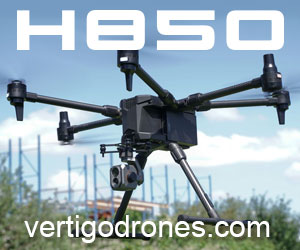I took a flight yesterday and when I was done I pulled the battery and noticed that it was a bit swollen. I let it rest and the swelling went down a bit. I'm going to dispose of it. Any best practices? it still has a bit of a charge. I don't have a means apart from use to discharge the battery.
All ideas are welcome.
All ideas are welcome.





